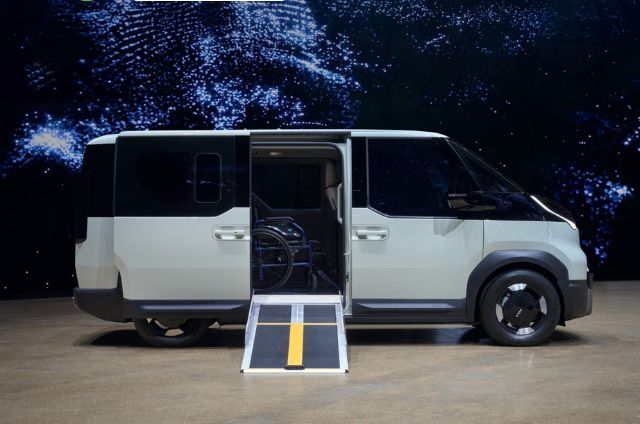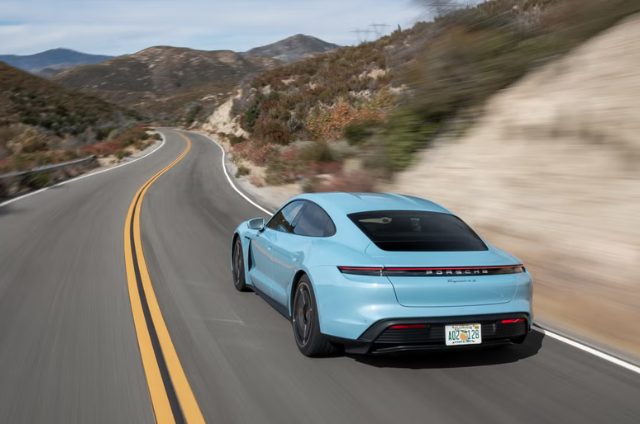A New Standard for Accessible EVs
Kia is stepping up where most automakers haven’t. The PV5 WAV—its newest electric van—isn’t just another entry in the EV market. It’s a thoughtfully engineered solution created specifically for wheelchair users, caregivers, and families who need accessible, reliable transport.
It’s more than electric—it’s a statement about inclusive design. Mobility should be for everyone, and Kia is making that happen.
Thoughtful Design from the Ground Up
The PV5 WAV rides on Kia’s new E-GMP.S platform, purpose-built for next-gen electric vehicles. This advanced architecture features a flat floor and extended wheelbase, unlocking maximum interior space. That means easier movement inside the cabin, greater flexibility, and a more comfortable ride for everyone.
It comes with a side-entry ramp that supports up to 661 lbs (300 kg). Once inside, a wheelchair restraint system ensures safety, while an adjustable third-row seat allows caregivers or family members to assist more easily. The ramp and layout work seamlessly together, making entry and exit smooth and stress-free.
Kia clearly designed the PV5 WAV not just for users, but also for those who support them every day.
Inclusive Tech and Flexible Options
Inside, the tech is powered by the AAOS (Android Automotive OS) platform, allowing for flexible, adaptive software. Whether it’s securing a wheelchair, controlling accessibility features, or managing driving assistance systems, the vehicle adapts to individual needs.
The PV5 WAV comes with two battery choices:
- 51.5 kWh offering up to 179 miles (WLTP)
- 71.2 kWh with a range of up to 249 miles (WLTP)
That range makes it suitable for city commutes or full-day use in mobility services.
Global Rollout Starts Now
The van will be built at Kia’s Hwaseong EVO Plant in Korea. Pre-orders began in the UK at a starting price of £32,995 (~$44,000 USD). It will launch in Europe and Korea by late 2025, with a global release in 2026.
Kia’s PBV strategy doesn’t stop here. Larger models like the PV7 and PV9 are planned for 2027 and 2029. The goal? Sell 250,000 electric vans by 2030—and redefine what EVs can do for people of all abilities.


